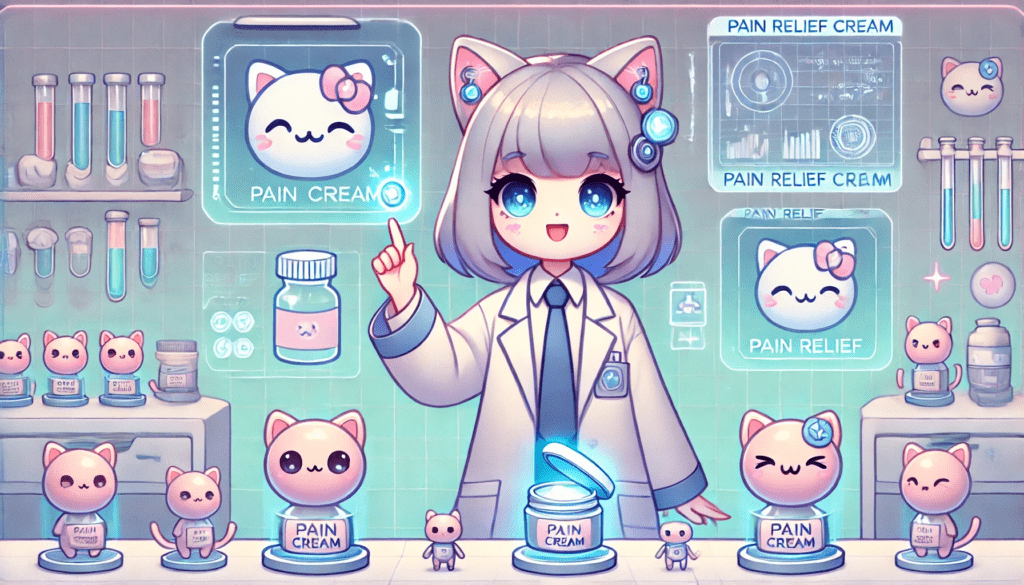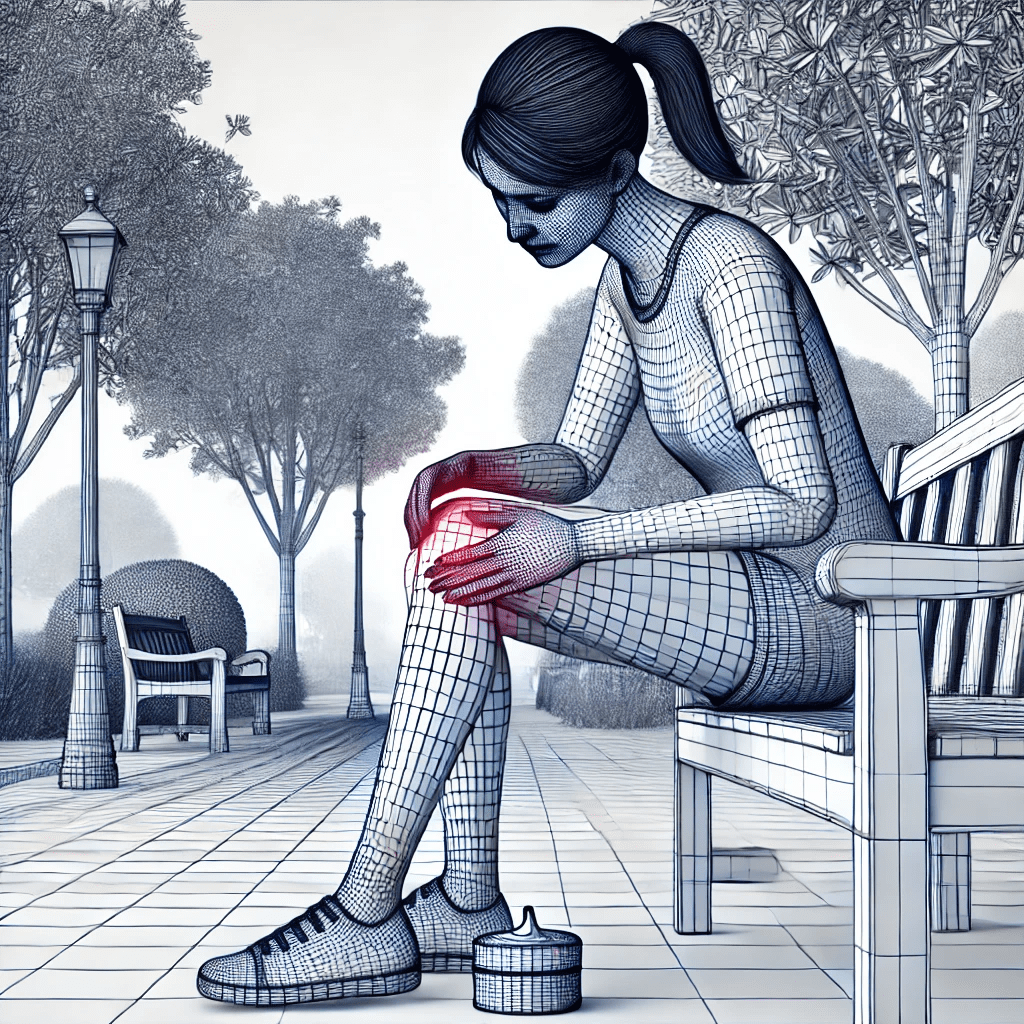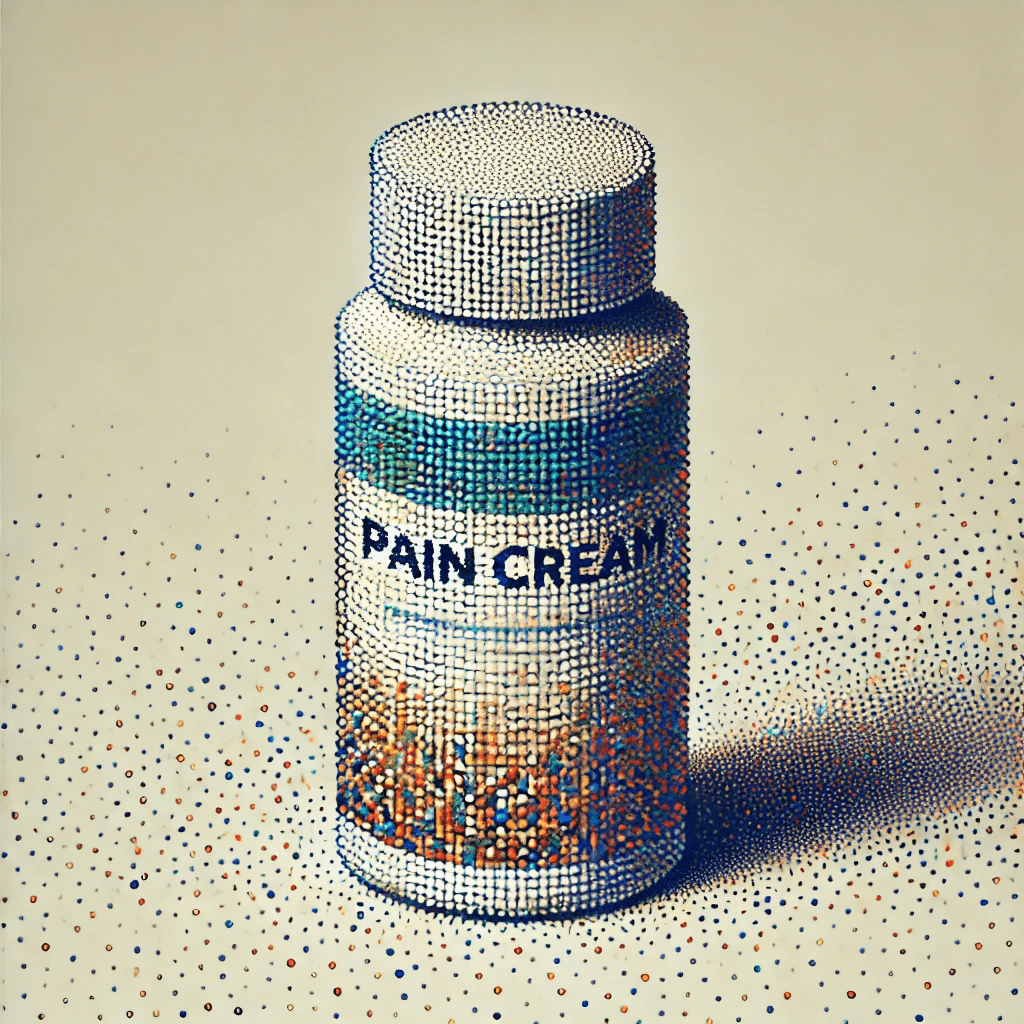Debunking Myths About Pain Relief Balms…. Many people believe pain relief balms can completely cure sore muscles or joint pain. But that’s not true. These balms only provide temporary relief. They work by blocking pain signals or calming inflammation. Some people also think using more balm will make it work better. That’s another myth. Too much balm won’t give extra relief. Instead, it might irritate your skin. Understanding these facts helps you use pain relief balms safely and correctly.
Pain relief balms have special ingredients like menthol, capsaicin, and plant extracts. Some make your skin feel cool, while others create warmth. These sensations help distract your brain from pain. Many companies advertise these balms as powerful pain relievers, but is that really the whole story? Debunking myths about pain relief balms helps people know what to expect. It’s always good to understand what a balm can and cannot do before depending on it.
Some believe pain relief balms work instantly. That’s not always the case. Some take time to absorb into the skin before you feel relief. Another myth is that they fix the problem causing the pain. In reality, they don’t heal injuries. They simply help manage discomfort. That’s why it’s important to use them as part of a bigger pain management plan. Stretching, rest, and other treatments also help. Debunking myths about pain relief balms makes it easier to use them the right way.
Pain relief balms can be a helpful tool, but knowing the truth matters. They provide short-term relief, not a cure. They work best when used correctly. Understanding how they function allows you to make smart choices for your health. Now that you know the facts, you can use pain relief balms safely and effectively.

Debunking Myth #1: Pain Balms Cure the Root Cause of Pain.
Debunking myths about pain relief balms is important so people can make smart choices. Some think these balms can cure pain, but that’s not true. Pain relief balms help with symptoms, but they don’t fix the real problem. They give short-term relief while your body heals or while you use other treatments.
These balms work because they have special ingredients like menthol, capsaicin, or salicylates. These ingredients create a cooling or warming feeling on your skin. That feeling helps distract your brain from the pain. But it’s a myth to think pain relief balms fix things like swollen joints or torn muscles. They only help you feel better for a little while.
Some believe pain relief balms work instantly, but that’s not always the case. Some take time to absorb before you notice relief. Others think using more balm will make it work better. That’s another myth. Rubbing on too much balm won’t add extra benefits. Instead, it might irritate your skin. Debunking myths about pain relief balms helps people understand how to use them the right way.
When pain doesn’t go away, it’s important to see a doctor. Pain relief balms are just one part of the solution. A doctor can find out what’s really causing the pain and help with the right treatment. Using a balm can help, but it’s also important to take care of the real problem.
Pain is your body’s way of saying something is wrong. Debunking myths about pain relief balms helps people use them wisely. These balms can calm pain signals, but they don’t cure anything. Use them to feel better, but don’t forget to find out what’s really causing the pain!

Debunking Myth #2: All Pain Relief Balms Are the Same.
Now, let’s talk about a common myth: that all pain relief creams are the same. The truth is, there are many different types of creams, and they aren’t all alike. Each one is made with different ingredients and works in its own way. It’s not just about picking the one with the coolest packaging!
Let’s start with the basics. There are several types of pain relief creams: analgesic, anti-inflammatory, and even homeopathic creams. Each one is formulated with a different purpose in mind, depending on whether you’re dealing with muscle stiffness, joint pain, or nerve discomfort.
Analgesic creams typically contain ingredients like lidocaine or capsaicin, which target your pain receptors to provide temporary relief. Meanwhile, anti-inflammatory creams often have NSAIDs (Nonsteroidal Anti-Inflammatory Drugs) that reduce swelling and inflammation, addressing the discomfort from another angle.
You might be tempted to pick a generic cream from the pharmacy shelf, thinking they’re all built the same. However, I’m here to tell you that the formulation really does matter. It’s the combination of active ingredients that targets your specific type of pain.
The next time you’re choosing a pain relief creams, think about your type of pain. Read the labels carefully and learn about the active ingredients. Don’t be afraid to ask your pharmacist for help. Finding the right cream is all about picking what works best for you!

Debunking Myth #3: Stronger Scents Equal Better Efficiency.
When picking a pain relief balm, think about the type of pain you have. Check the label to see what’s inside. Learn about the ingredients so you know what they do. If you’re not sure which balm is best, ask a pharmacist for advice. Choosing the right balm is about finding what helps you feel better!
Some pain relief balms have ingredients like menthol, eucalyptus, and camphor. These create strong, soothing smells. They can also make your skin feel cool or warm. That sensation might help distract your brain from the pain. But the smell or feeling isn’t the most important part.
The real power comes from the active ingredients. Pain relief balms may contain lidocaine, capsaicin, or NSAIDs like ibuprofen. These work by blocking pain signals or reducing swelling. Even if a balm doesn’t have a strong scent, it can still help with pain relief.
Many people think the smell of a pain relief balm makes it work better. That’s a myth! A strong scent doesn’t mean stronger relief. What matters most is the active ingredients inside. Read the label and think about your pain. Whether it’s muscle pain, joint pain, or nerve pain, pick a balm with the right ingredients to help.
Debunking myths about pain relief balms helps people make smart choices. Just like with scents, other beliefs about these balms aren’t always true. Knowing the facts helps you use them correctly. This next myth might surprise you!

Debunking Myth #4: More Cream Means More Relief.
Using More Balm Doesn’t Mean Better Relief.
Debunking myths about pain relief balms helps people use them the right way. Some think that using more balm will help them feel better faster, but that’s not true. Your skin can only absorb so much at once. Adding extra won’t make it work better. Instead, it can waste the balm or even cause skin irritation.
Pain relief balms contain special ingredients that work in a certain way. Things like menthol, capsaicin, or salicylates help block pain signals, but they don’t get stronger just because you use more. Too much balm can cause side effects like burning or redness. That’s why it’s important to follow the directions on the label.
Some believe a thick layer of balm will give better results. Debunking myths about pain relief balms helps people understand that a small amount is usually enough. Most balms only require a thin layer. Rubbing it in the right way is what matters most. Using too much at once won’t speed up the relief.
Give the Balm Time to Work.
If the balm doesn’t seem to work right away, don’t just add more. Give it time to absorb and do its job. Many pain relief balms need a little while before you feel the effects. Some ingredients take longer to reach the nerves and block pain signals.
Debunking myths about pain relief balms means knowing that patience is important. If needed, you can reapply later, but piling it on all at once won’t help. Using too much too soon could lead to skin problems instead of extra relief.
Choosing the right pain relief balm is only part of the process. Knowing how to use it correctly is just as important. Debunking myths about pain relief balms helps people avoid mistakes, save money, and get the best results. A small amount, used properly, is all you need to feel relief.

Understanding the Facts About Pain Relief Balms
Debunking myths about pain relief balms helps people make smart choices. These balms can ease discomfort, but they don’t fix the actual cause of pain. It’s important to remember that they are just one tool in managing pain, not a cure. Knowing this helps you use them correctly and avoid false expectations.
Not all pain relief balms work the same way. Some create a cooling effect, while others provide warmth. A strong smell or tingling sensation doesn’t mean a balm works better. The most important thing is how well it helps with your specific type of pain. Debunking myths about pain relief balms helps people focus on real benefits instead of misleading claims.
Using too much balm won’t make it work faster or better. Instead, it can lead to skin irritation or other issues. Debunking myths about pain relief balms means learning to use them the right way. Always follow the instructions and pay attention to how your body reacts. That way, you get the best results safely.
Conclusion: Making Smart Choices for Pain Relief
Now that you know the facts, you can feel confident in choosing a pain relief balm. Check the ingredients, look for real benefits, and don’t be fooled by marketing tricks. Debunking myths about pain relief balms reminds us that they should be part of a bigger plan. Exercise, rest, and medical advice may also be needed for long-term relief.
There’s no single perfect balm for everyone. Pain relief is personal, and what works well for one person may not be the best for another. Take your time, try different options, and don’t hesitate to ask a doctor or pharmacist for advice. Debunking myths about pain relief balms helps you make informed decisions that support your health.
Learning the truth puts you in control. Keep asking questions, stay curious, and always make choices that protect your well-being. Debunking myths about pain relief balms helps everyone use them safely and effectively. Now you can manage pain with confidence and get the relief you need!









